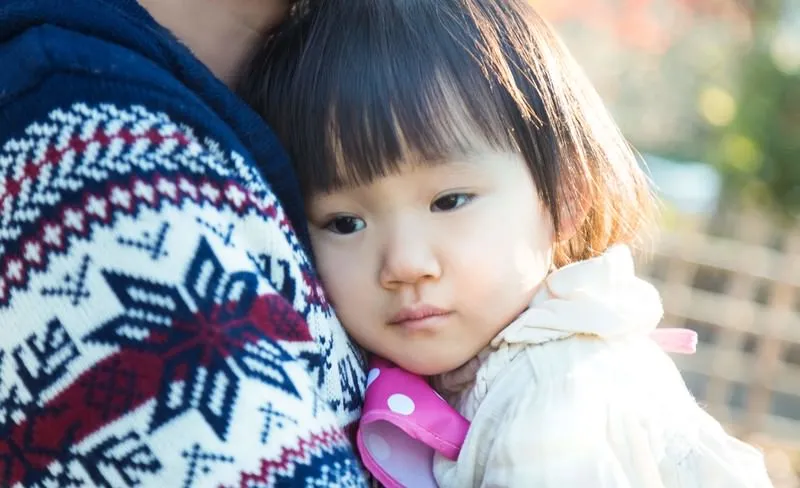October 30, 2023
Understanding the Demographics in Japan
Exploring Japans Fascinating Demographics: Aging Population and its Implications
Explore the intriguing demographics of Japan, including its aging population and the implications it has on healthcare, pensions, and workforce. Discover the unique characteristics of this small island nation with a large population and high life expectancy.
Japan, known for its rich culture and technological advancements, also has fascinating demographics worth exploring. Despite being a small island nation, Japan boasts a large population with unique characteristics. Lets delve into some interesting details about the demographics of Japan.
The Aging Population
One notable aspect of Japans demographics is the aging population. Japan has one of the highest life expectancies in the world, resulting in a rapidly increasing elderly population. This demographic shift poses various challenges and opportunities for the country, including healthcare, pension systems, and an evolving workforce.
Low Birth Rate
Japans birth rate has been declining for decades, leading to concerns about a shrinking labor force and the sustainability of the social security system. Factors contributing to this trend may include Japans work culture, gender roles, and societal pressures. The government is implementing initiatives to encourage family formation and support childcare to address this issue.
Urban Concentration
The majority of Japans population is concentrated in urban areas, particularly in Tokyo and other major cities. This urban concentration has led to various urban planning challenges, such as overcrowding, transportation infrastructure, and affordable housing. However, it has also fostered vibrant cultural scenes and economic opportunities in these metropolitan centers.
Homogeneity
Japan is known for its largely homogenous population, with the majority being of Japanese ethnicity. This homogeneity has shaped Japanese society and culture, contributing to a strong sense of national identity. However, Japan is also becoming more diverse due to increased immigration and international marriages, introducing new perspectives and multiculturalism to the country.
Rural Depopulation
While urban areas thrive, many rural regions in Japan are experiencing depopulation. Younger generations often migrate to cities in search of better job opportunities and amenities, resulting in aging and declining rural communities. This trend has prompted efforts to revitalize rural areas through initiatives like local entrepreneurship, tourism promotion, and improved infrastructure.
Conclusion
Japans demographics present a complex and dynamic landscape. The aging population, low birth rate, urban concentration, homogeneity, and rural depopulation shape various aspects of Japanese society and pose significant challenges. However, these demographics also contribute to unique strengths and opportunities for the country.
Exploring Japans Fascinating Demographics



